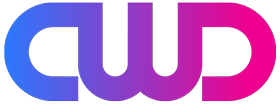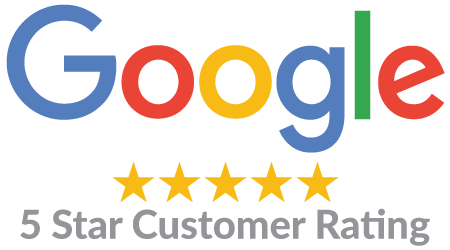WordPress Content Management System (CMS)

WordPress is a free and open-source content management system (CMS) based on PHP and MySQL. Features include a plugin architecture and a template system. WordPress powers more than 24% of the web — a figure that rises every day. Everything from simple websites, to blogs, to complex portals and enterprise websites, and even applications, are built with WordPress.
WordPress is the most popular blogging system in use on the Web, at more than 60 million websites. WordPress combines simplicity for users and publishers with under-the-hood complexity for developers. This makes it flexible while still being easy-to-use.
WordPress users may install and switch between themes. Themes allow users to change the look and functionality of a WordPress website and they can be installed without altering the content or health of the site. Every WordPress website requires at least one theme to be present and every theme should be designed using WordPress standards with structured PHP, valid HTML and Cascading Style Sheets (CSS). Themes may be directly installed using the WordPress “Appearance” administration tool in the dashboard or theme folders may be uploaded via FTP.
The PHP, HTML (HyperText Markup Language) and CSS code found in themes can be added to or edited for providing advanced features. WordPress themes are in general classified into two categories, free themes and premium themes. All the free themes are listed in the WordPress theme directory and premium themes should be purchased from marketplaces and individual WordPress developers. WordPress users may also create and develop their own custom themes if they have the knowledge and skill to do so. If WordPress users do not have themes development knowledge then they may download and use free WordPress themes from wordpress.org.
WordPress’s plugin architecture allows users to extend the features and functionality of a website or blog. WordPress has over 40,501 plugins available, each of which offers custom functions and features enabling users to tailor their sites to their specific needs. These customizations range from search engine optimization, to client portals used to display private information to logged in users, to content displaying features, such as the addition of widgets and navigation bars. But not all available plugins are always abreast with the upgrades and as a result they may not function properly or may not function at all.
WordPress also features integrated link management; a search engine–friendly, clean permalink structure; the ability to assign multiple categories to articles; and support for tagging of posts and articles. Automatic filters are also included, providing standardized formatting and styling of text in articles (for example, converting regular quotes to smart quotes). WordPress also supports the Trackback and Pingback standards for displaying links to other sites that have themselves linked to a post or an article. WordPress blog posts can be edited in HTML, using the visual editor, or using one of a number of plugins that allow for a variety of customized editing features.





